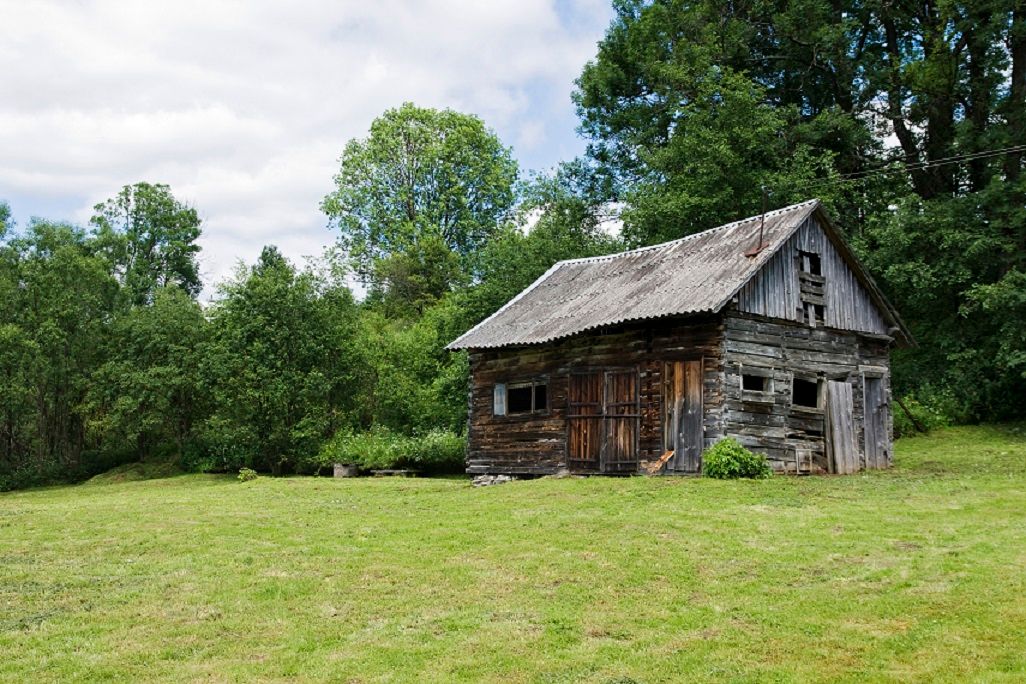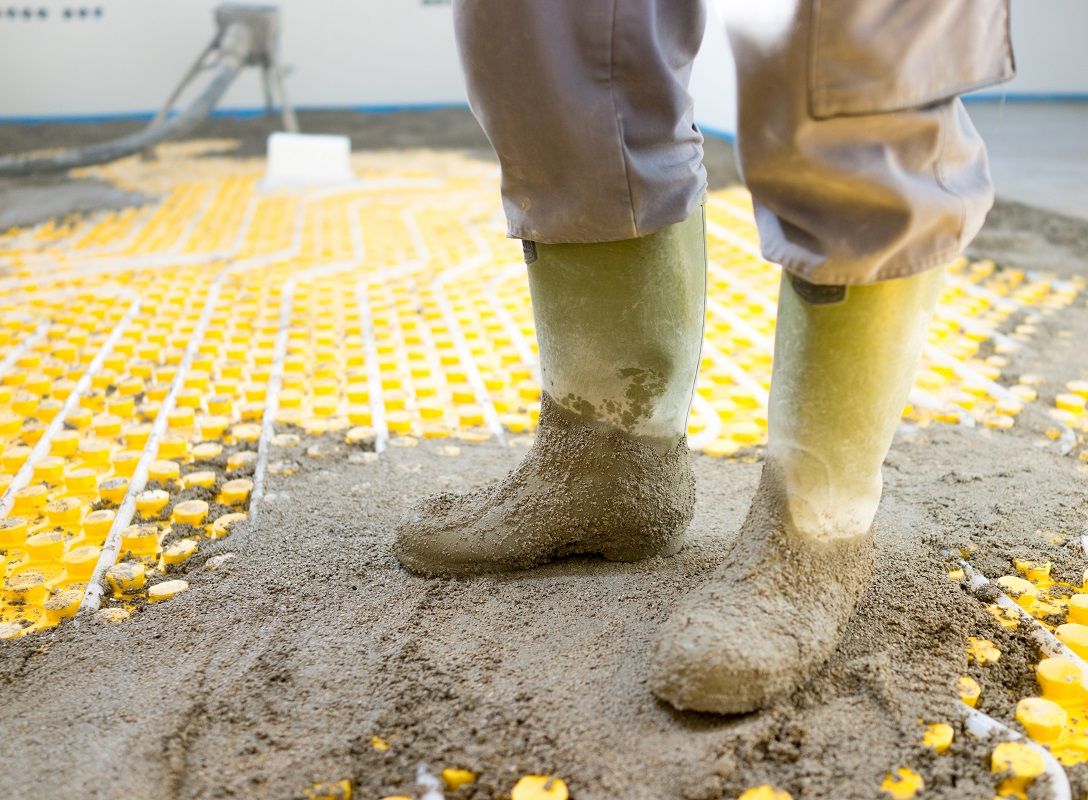Writing Grit: Types of Editing
When I first decided to become I writer, I had two distinct ideas of what an editor was: a cantankerous white-haired man who would roll up the sleeves on his dishevelled pinstriped shirt and peer at my work over wire-rimmed glasses; or a sharply dressed, perfectly poised and difficult to please woman (think Meryl Streep in The Devil Wears Prada.) Keep in mind that I also believed that in order to become a great writer, I'd have to become a recluse, or an alcoholic, or both.
Thankfully, none of those stereotypical images are true. Anyone can learn to edit, and anyone who spends any amount of time writing probably should learn -- at least the basics.
So if you are a wonderful individual who loves to write (and since you're on Steemit, I'm assuming the answer is "Yes!"), then you're in luck because here is your first editing lesson (or maybe your second if you've read my previous post -- The Five-Minute Edit.)
Get ready to be amazed.
The Five Types of Editing
When many people think of editing, they think of things like fixing spelling mistakes or grammatical errors or points of confusion. This is actually just one part of a much larger editing process. In fact, there are actually five different types -- or stages -- of editing that can be applied in whole or in part to an article, document or publication, or whatever else you're working on.
I like to think of the editing process as a house -- a fixer-upper. Each type of editing focuses on a different part of the renovation, from ensuring structural integrity to functional furniture placement and a pleasing design. Like a house, not every writing project will require every editing type or stage. Some may need to be stripped to the studs, while others just need a fresh coat of paint to be move-in ready.
Here is a brief description of each type of editing, and how it may apply to your work.
Substantive editing
This type of editing deals with the substance of your writing. At this stage, an editor will:
- question whether the ideas or arguments of a piece make sense
- note any flaws or omissions
- ensure examples and visuals, etc. are appropriate
Basically, substantive editing takes a big picture look at the text to flag any major problems before diving into the detailed work. A substantive editor is kind of like the contractor who looks at your house and tells you that your floor joists are rotten and need to be replaced, your plumbing isn't up to par and your roof is about to cave in. You need to fix these problems first before you start choosing paint colours.
More often than not, substantive editing goes hand-in-hand with the next type of editing: structural.
Structural editing
This is my favourite type of editing because it is the most fun. It's all about organizing the material in a way that makes the most sense -- like doing a puzzle. In our house example, a structural editor is the one who plans the layout and makes sure you don't do something gross like stick the main bathroom next to the kitchen. A structural editor also makes sure that you have the right amount of windows in the right places, and that the house can physically support that second story you plan to build.
In the writing world, this means doing things like:
- reorganizing lists, paragraphs and chapters, etc. to ensure the content is coherent and suited to the audience, medium and purpose
- checking that all visual elements (pictures, graphs, etc.) are placed in the right spots, such as near where they are referred to in the text, and suggest new visuals that might strengthen the content
- revising, cutting or expanding the content, including flagging areas of repetition or where more information is needed
A good structural edit can have a remarkable impact on the quality of your content -- without changing the intent of your message. In fact, it often makes your message stronger by making your content easier to read, access and comprehend. For example, I once worked on a project where we were able to cut the word count of a website by 60 per cent, without losing any information, simply by rearranging the content in a more intuitive order and cutting out the repetitive text.
Stylistic editing
This is the interior designer of the editing world. A stylistic editor ensures that the content suits the audience. For example, an article written for a group of engineers is going to be much different than one written for a group of grade 5 students, even if it's on the same topic. Stylistic editors will:
- make sure you've chosen the right word for the meaning
- improve sentences and paragraphs to ensure the story flows
- ensure the language and reading level is appropriate to the audience
- check that the tone and style is consistent throughout
Copyediting
This is the dirty work of editing. A copyeditor is like all of your tradespeople wrapped in to one person -- your plumber, your electrician, your drywaller, your window installer. This is often the most detailed and time-consuming part of the editing process.
A copyeditor will:
- check facts, references and resources
- correct spelling, punctuation and grammatical errors
- ensure visuals like tables, charts and photos are complete, with the correct captions, etc.
- tidy up text, cutting unnecessary words and ensuring a smooth transitions
- check heading sizes, fonts, etc.
Proofreading
The proofreader does the final walk-through before you hand over the keys or start unloading the moving van. They not only make sure everything is finished and functional (i.e. no missing outlet covers, scuffs in the paint, etc.) -- they make sure it looks good.
A proofreaders job is to make sure that everything that was flagged during the copy edit has been fixed. They mostly make sure that the final copy matches the corrected copy, although they may note new errors that they copyeditor missed.
So those are the five types of editing, in a nutshell. If you're interested in a more detailed description of each, including some stellar tips on how to apply them to your own writing, then stay tuned by following @redhens.



I only read the subject like and was interested right away to read all the way through. Thanks for this helpful article.
Ack! "and suited to it's audience" in a post on editing?

I'm shocked!
Okay, not really. I'm mostly relieved to see you are as human as I, lol! Really happy to have found your posts, I'm moving on to "Telling your story." Thank you for providing such quality writing and much-needed advice here. 😊
Eek! Good catch!